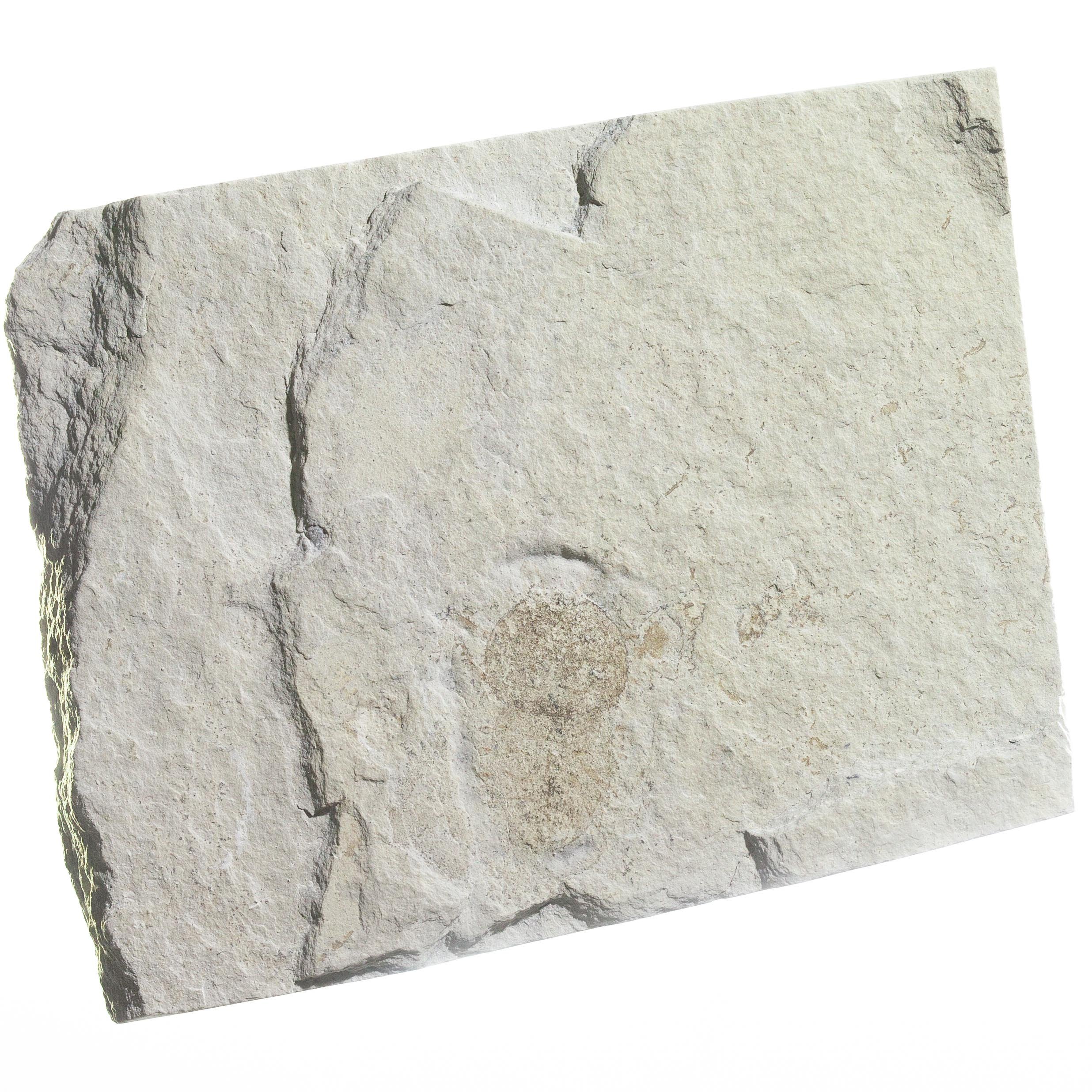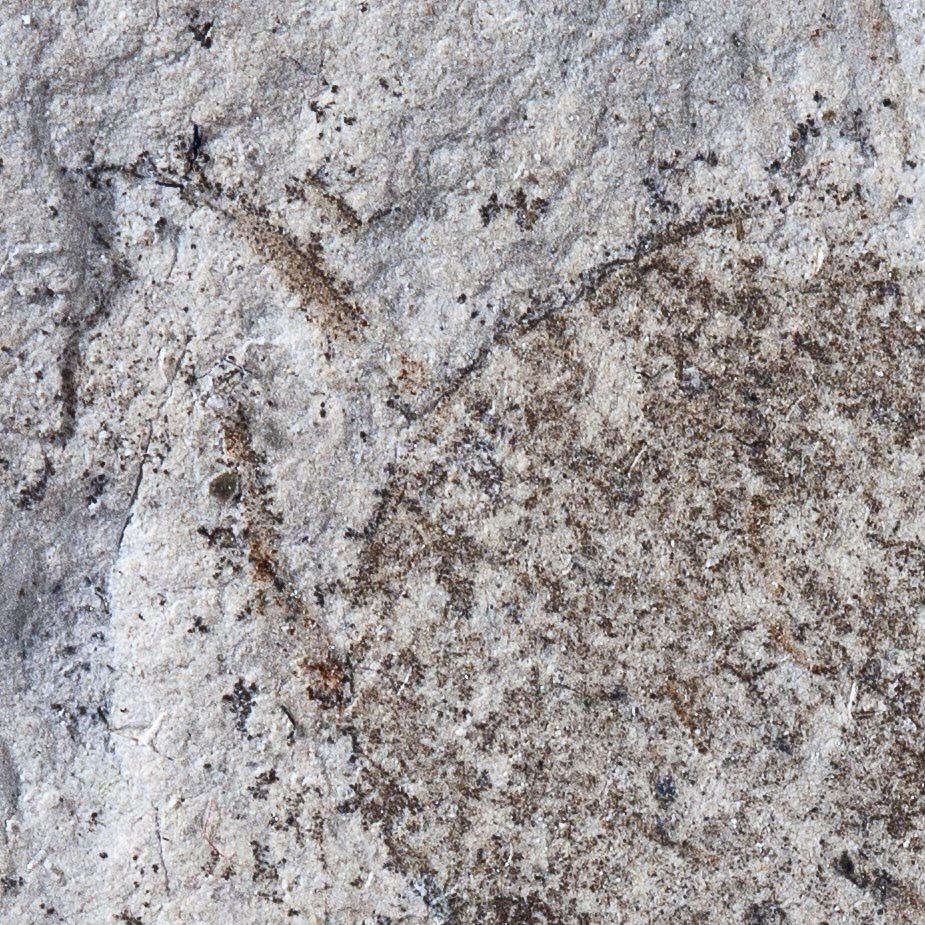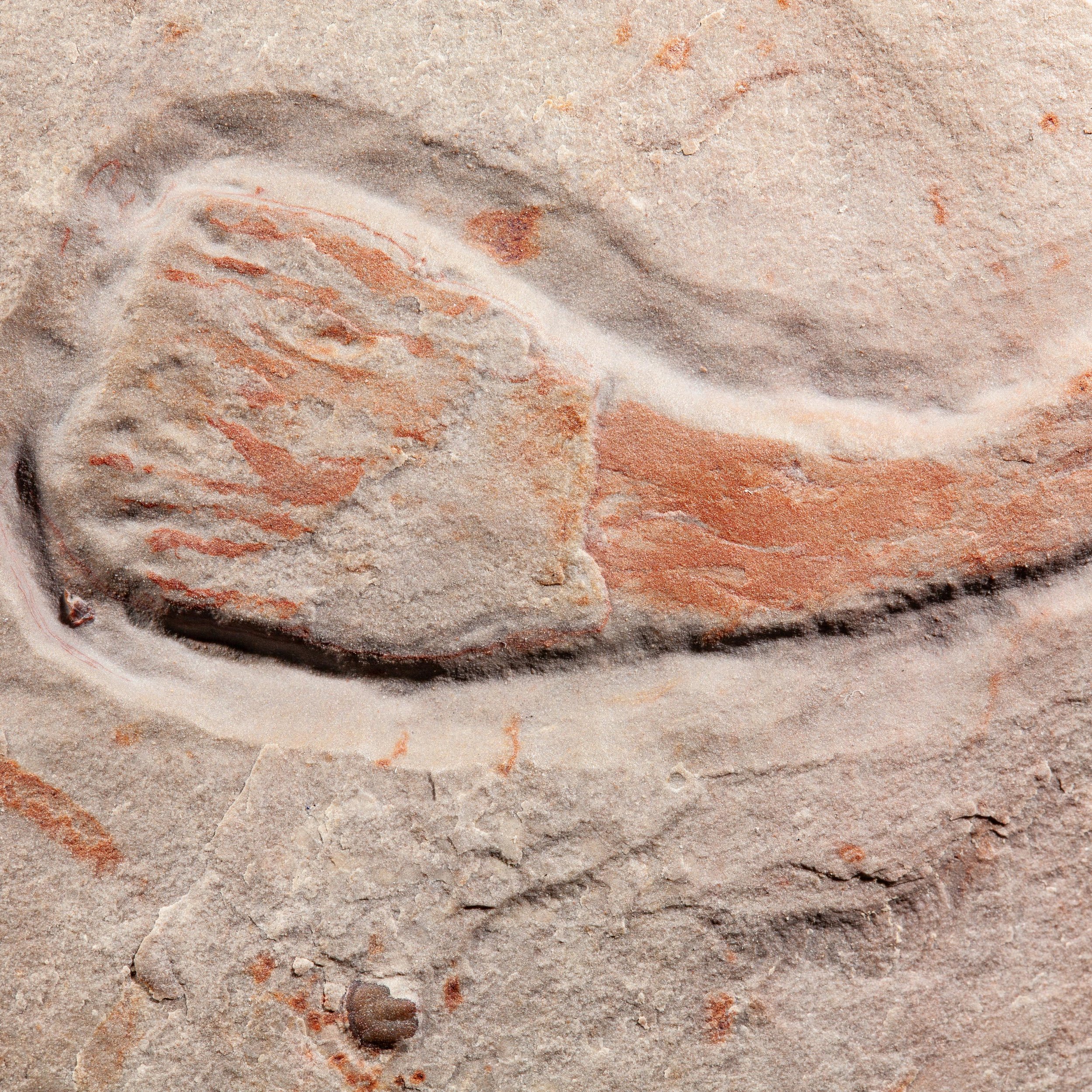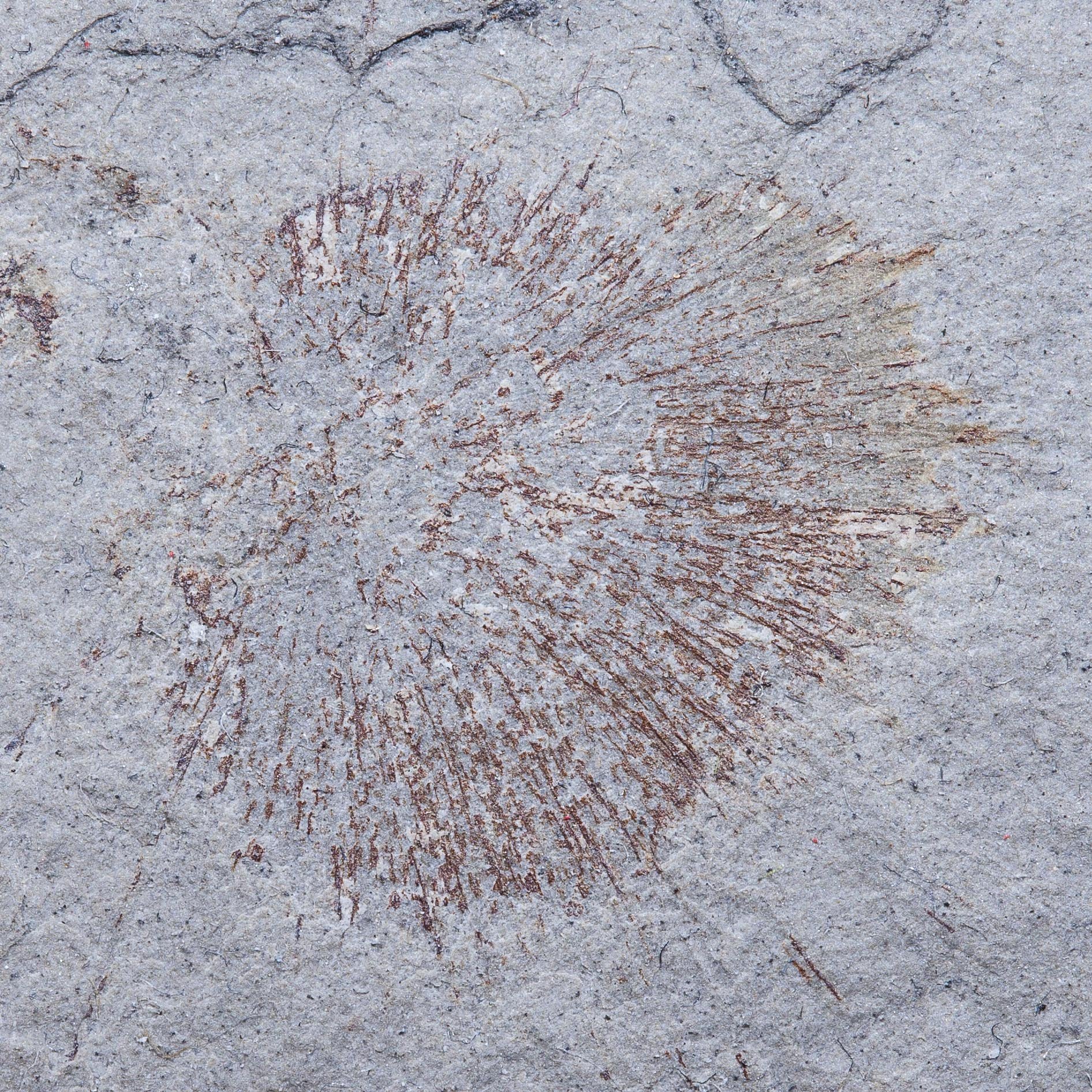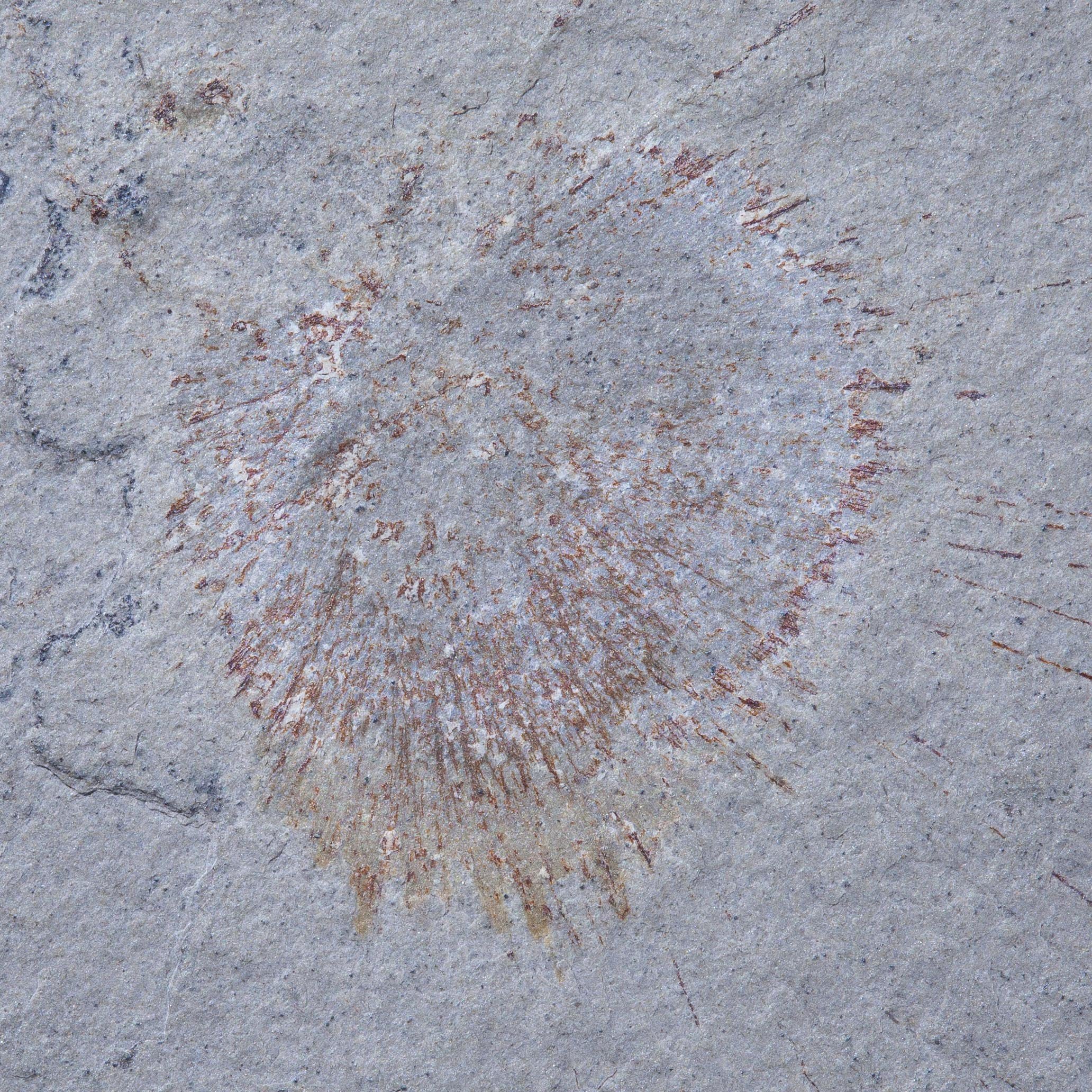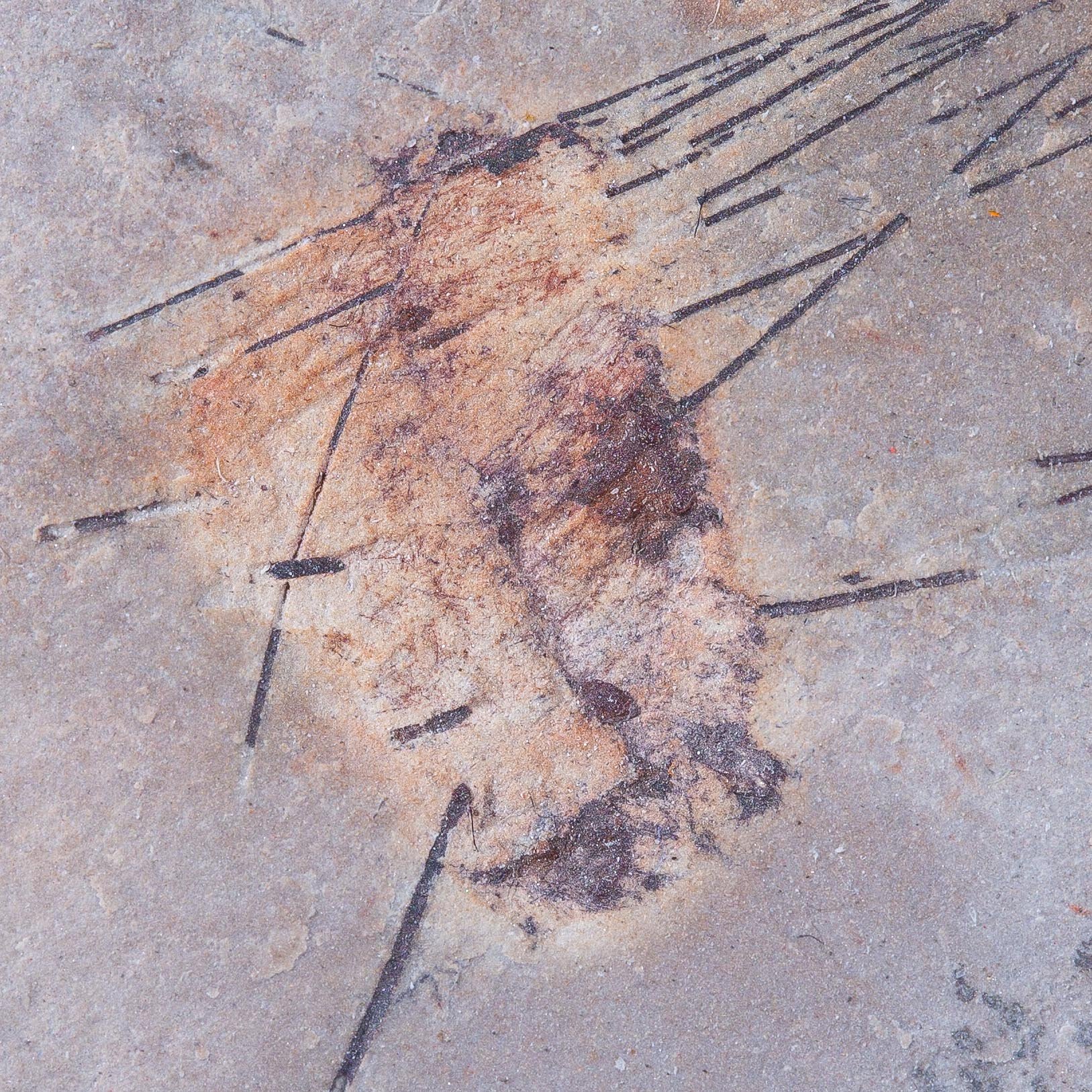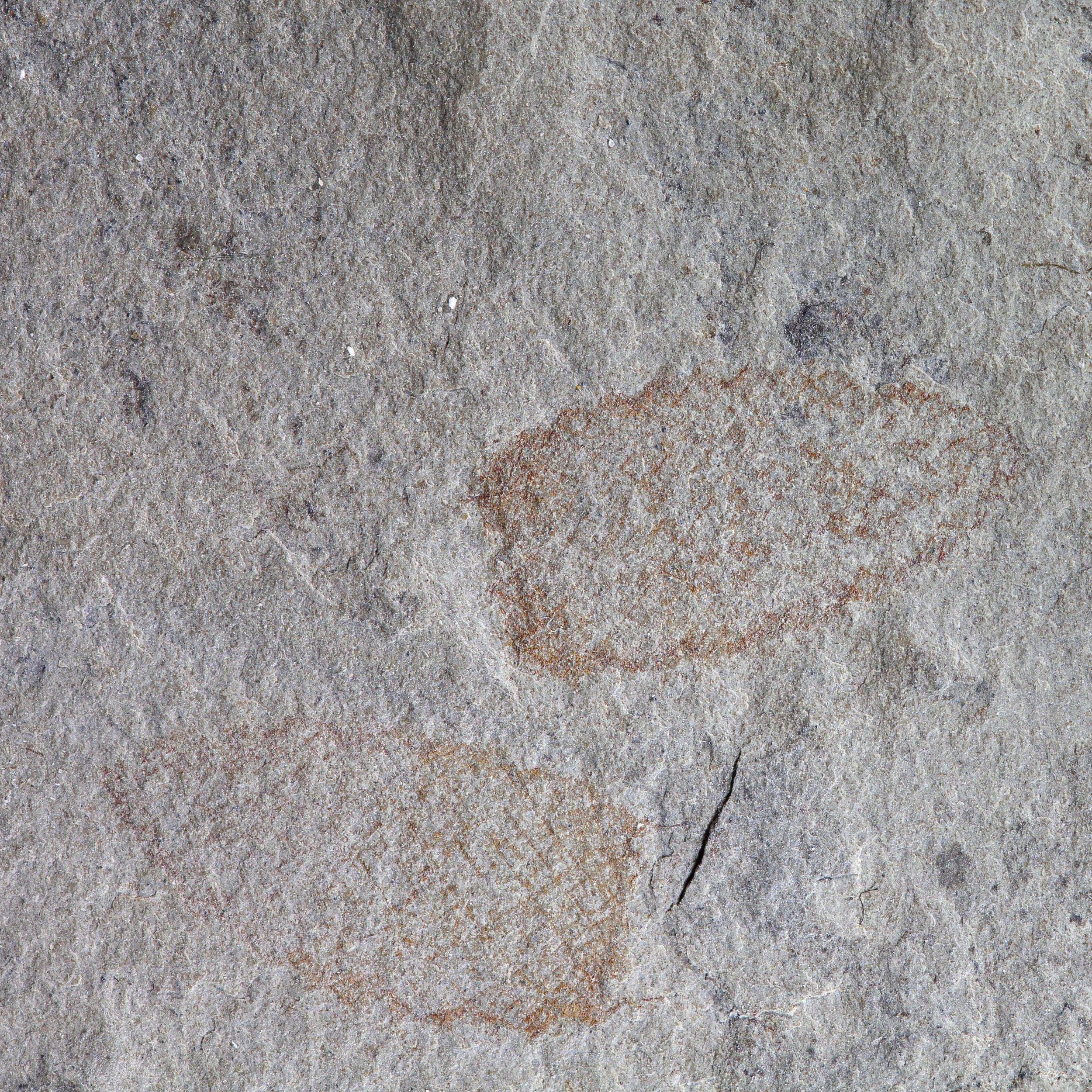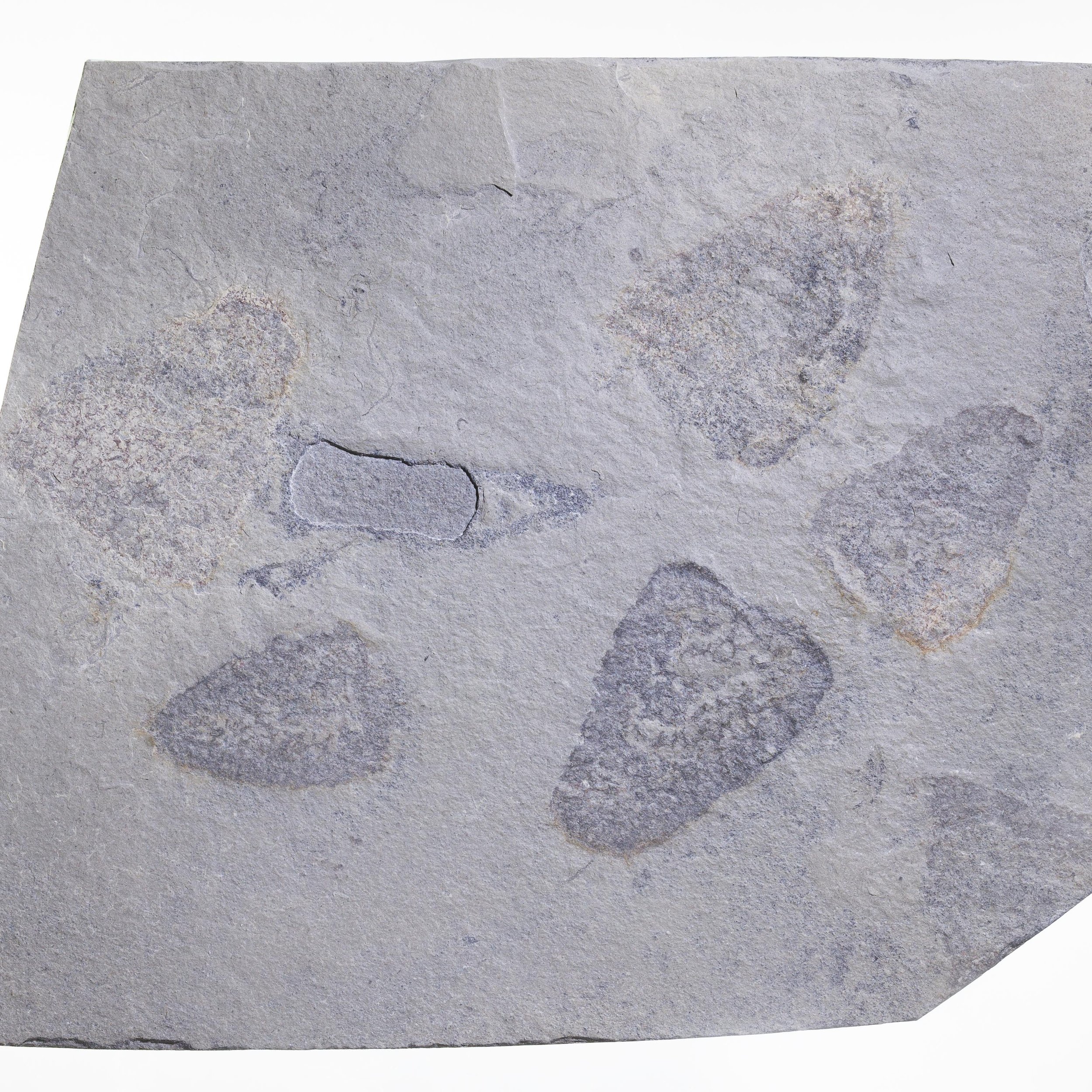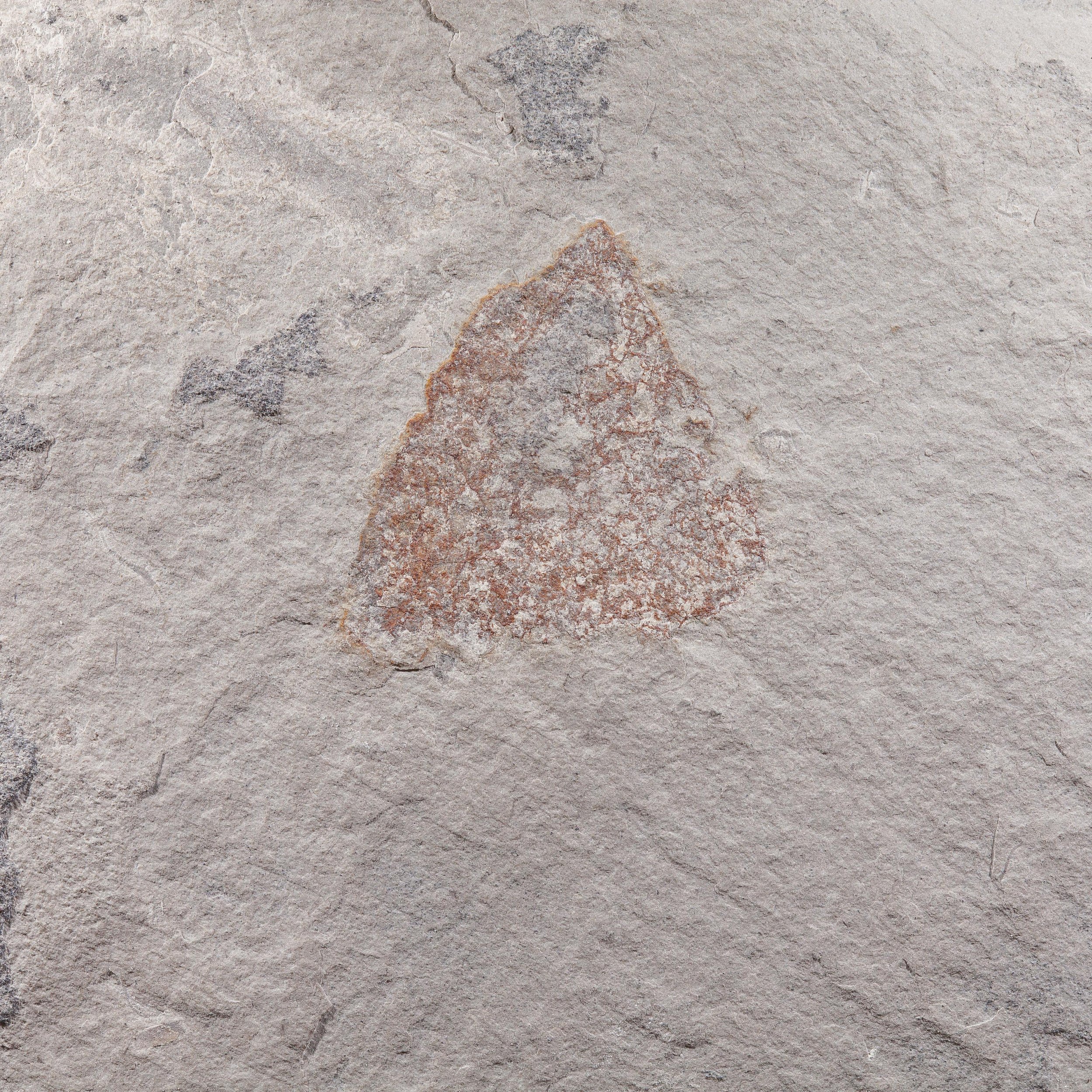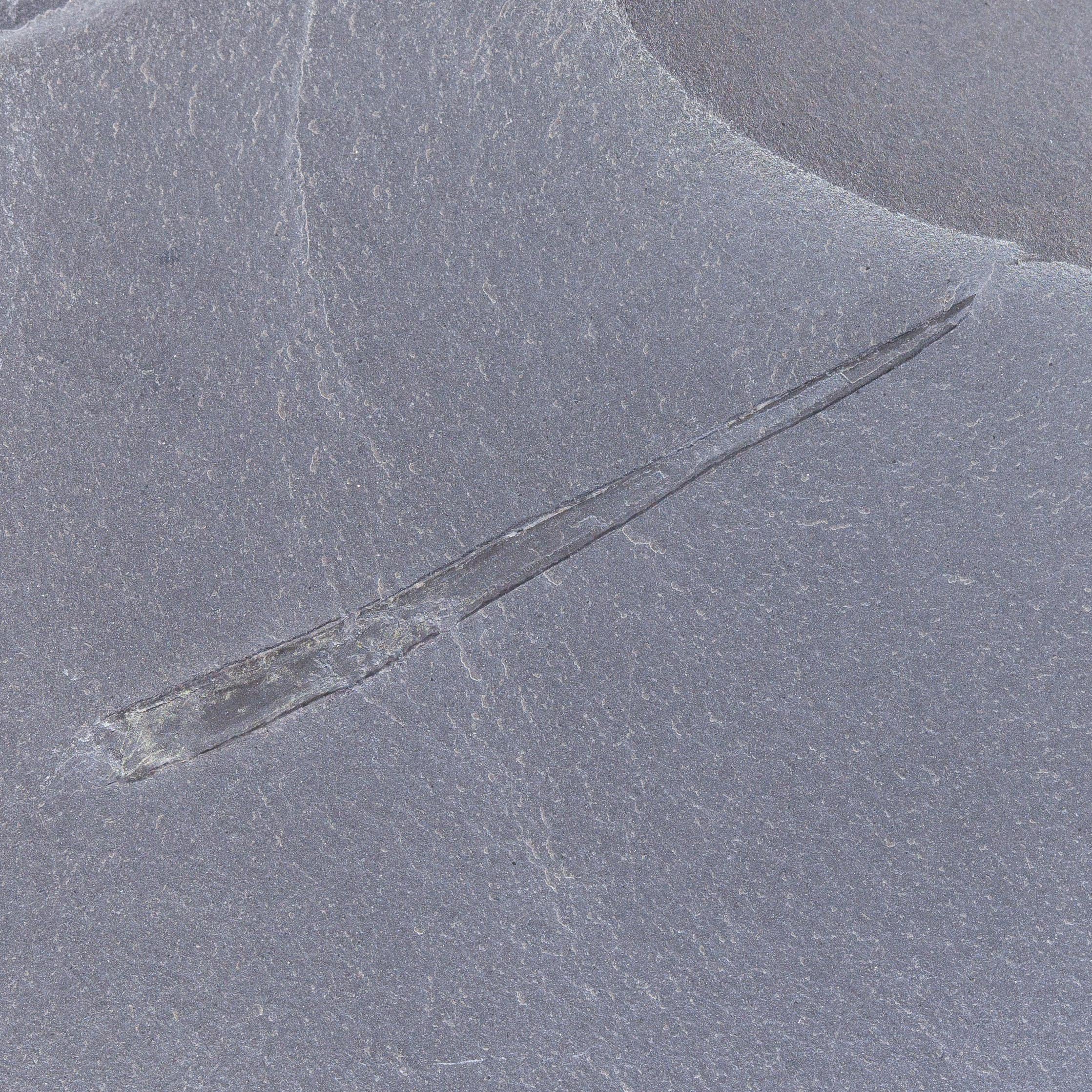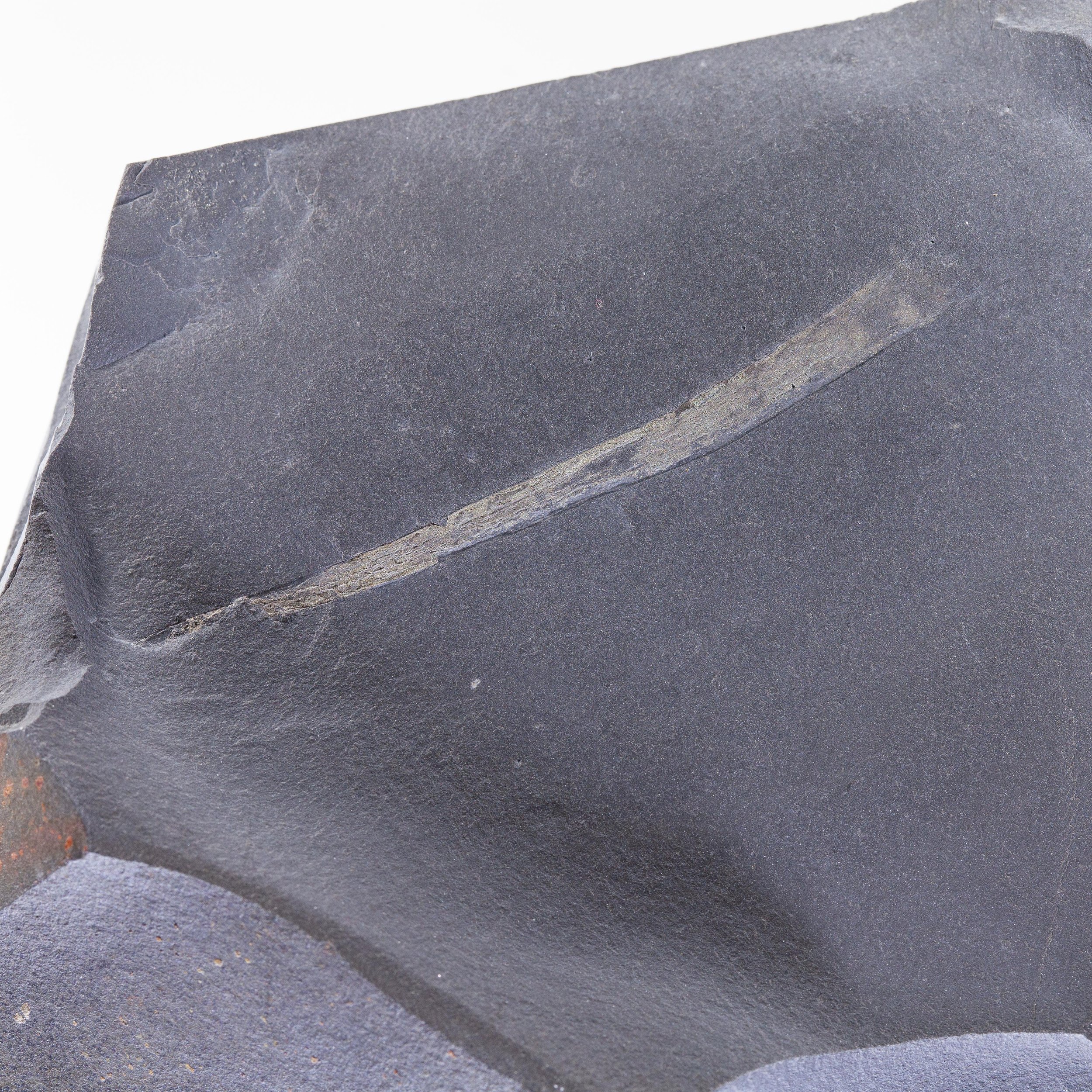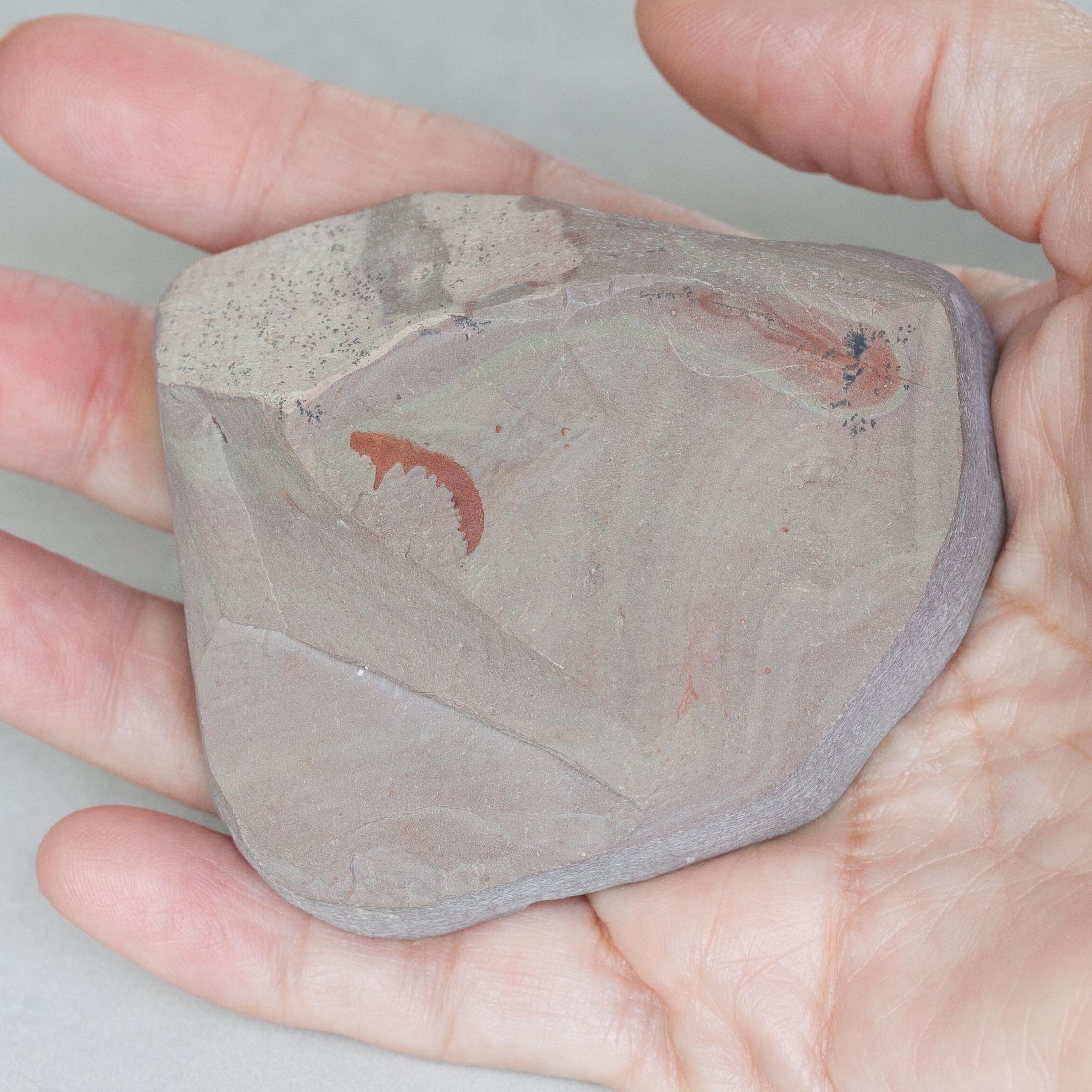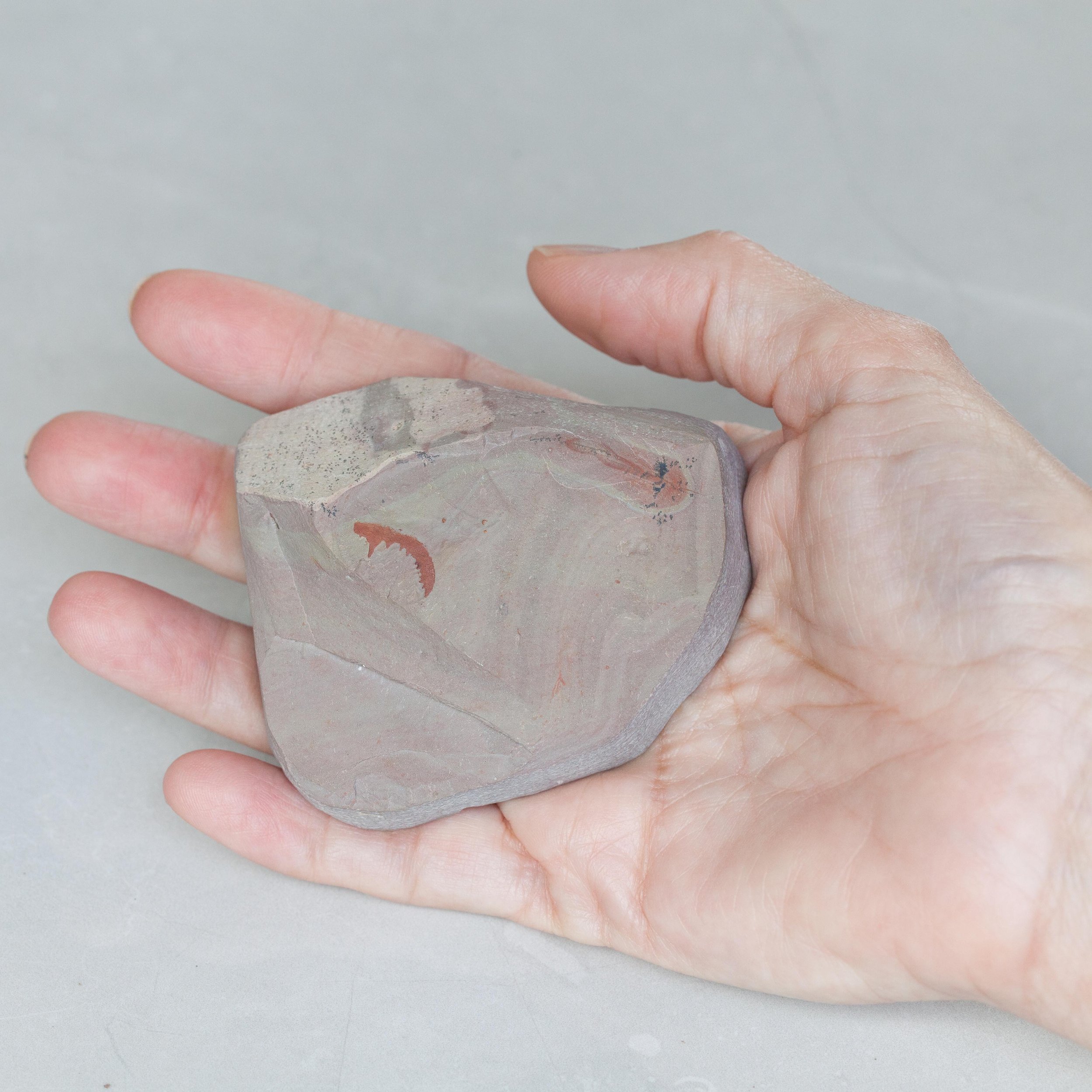Naraoia compacta
Vendor: Gold Bugs
SKU Number: SQ2610555
A stunning large 1.70 cm Naraoia from the Middle Cambrian, Wheeler Shale Formation, Millard County, Utah.
This is a beautiful specimen with soft tissue preservation of antennae and appendages. The arthropod is a shade darker than the surrounding matrix and is clearly visible without a lens. Under a lens, the appendages and antennae are very easily discerned. Naraoia is known to have more sideways facing antennae, and they are clearly visible on this complete specimen.
This is a close to, if not in fact, a museum piece for the discerning collector.
Full dimensions are listed below.
Vendor: Gold Bugs
SKU Number: SQ2610555
A stunning large 1.70 cm Naraoia from the Middle Cambrian, Wheeler Shale Formation, Millard County, Utah.
This is a beautiful specimen with soft tissue preservation of antennae and appendages. The arthropod is a shade darker than the surrounding matrix and is clearly visible without a lens. Under a lens, the appendages and antennae are very easily discerned. Naraoia is known to have more sideways facing antennae, and they are clearly visible on this complete specimen.
This is a close to, if not in fact, a museum piece for the discerning collector.
Full dimensions are listed below.
Vendor: Gold Bugs
SKU Number: SQ2610555
A stunning large 1.70 cm Naraoia from the Middle Cambrian, Wheeler Shale Formation, Millard County, Utah.
This is a beautiful specimen with soft tissue preservation of antennae and appendages. The arthropod is a shade darker than the surrounding matrix and is clearly visible without a lens. Under a lens, the appendages and antennae are very easily discerned. Naraoia is known to have more sideways facing antennae, and they are clearly visible on this complete specimen.
This is a close to, if not in fact, a museum piece for the discerning collector.
Full dimensions are listed below.
Additional Information
Naraoia is an extinct arthropod that existed from the Cambrian through to the Silurian. Although often compared to trilobites and in some cases referred to as an ancester of the trilobites, its relationship is unclear (Whittington 1977).


